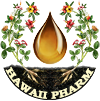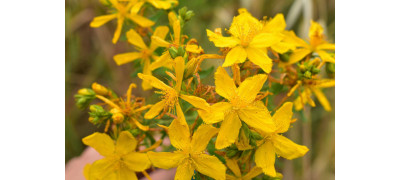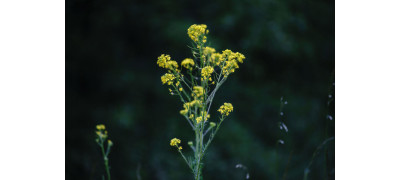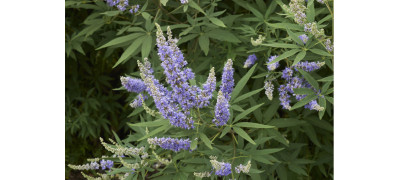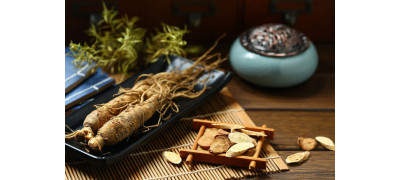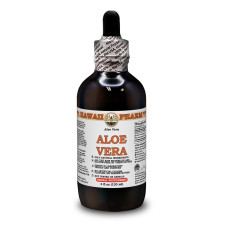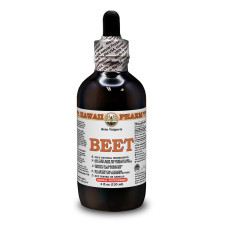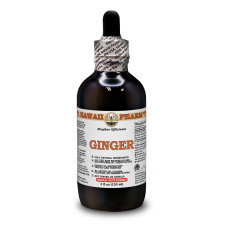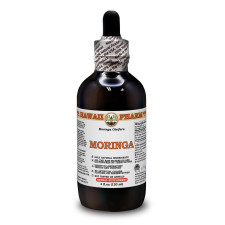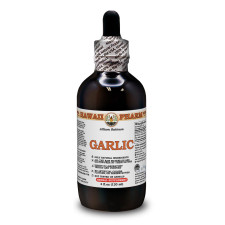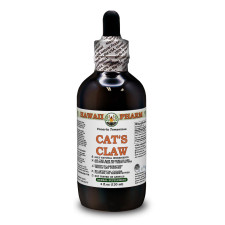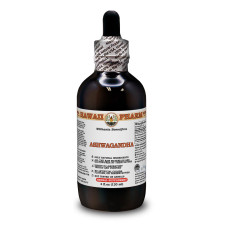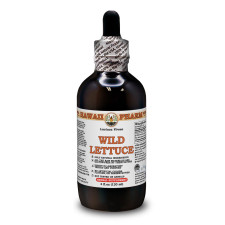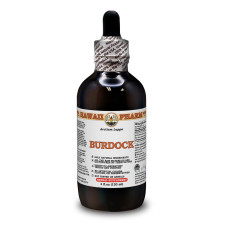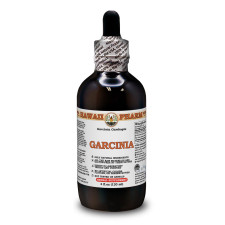- Home
- Alcohol Herbal Extracts
- Alcohol-FREE Herbal Extracts
- Veterinary Herbal Extracts
- Partnership
Partnership
We are open for cooperation with all interested persons or organizations. We have plenty of partners from all around the world and are looking for a long-term cooperation with new ones. At the present time we offer the following cooperation models:

WHOLESALER
We offer up to 30% discounts for wholesalers. The exact discount amount is dependent on your order amount, quantity and size of items. Minimum order amount is $300.

PRACTITIONER
Only for licensed practitioners! Create an account as practitioner and get special exclusive promotions. This kind of account is required manual approve.

AFFILIATE PROGRAM
Do you recommend us to your friends, family, colleagues and/or clients? If so: Thanks! We really appreciate it! Join our affiliate program. It’s by far the best way to monetize your Twitter or Facebook page, blog, or website.
- Blog
- Contact Us
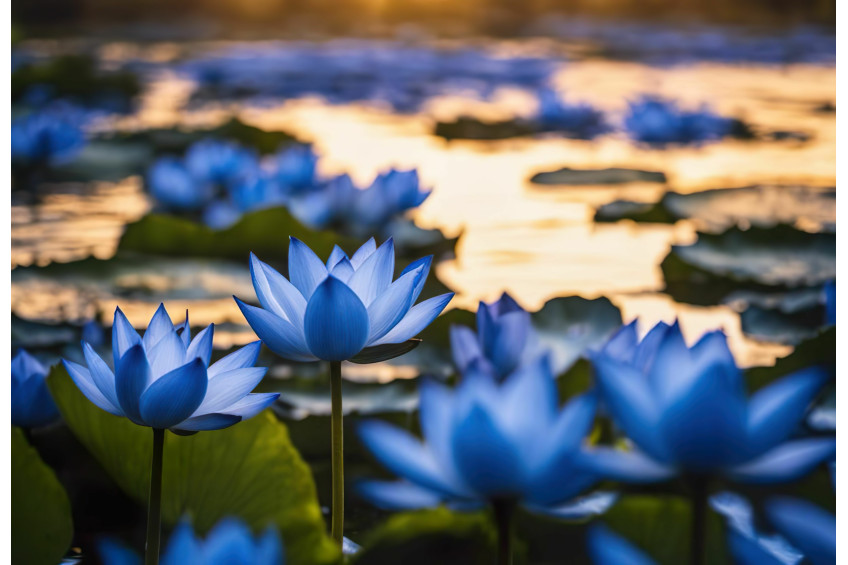
THE BLUE LOTUS: A BOTANICAL MARVEL
The Blue Lotus, scientifically known as Nymphaea caerulea, is a flowering plant that has captivated human fascination for thousands of years with its stunning beauty, unique characteristics, and varied uses. In this article, we delve into the botanical profile, chemical composition, habitat, taste, historical significance, and general health benefits of the Blue Lotus, adhering to FDA guidelines to ensure the provision of accurate and safe information.
Botanical Characteristics
Nymphaea caerulea belongs to the Nymphaeaceae family, commonly known as the water lily family. The plant is characterized by its broad, green leaves and vibrant blue flowers, which float gracefully on the surface of the water. Each flower has a distinct, star-shaped arrangement of petals and a golden center, creating a striking contrast against the backdrop of its aquatic environment. The Blue Lotus is an aquatic perennial, which means it can live for more than two years, thriving in water bodies like ponds, lakes, and edges of streams.
Chemical Composition
The enchantment of the Blue Lotus isn't just in its visual appeal but also in its intriguing chemical constitution. This plant is rich in bioactive elements, including but not limited to alkaloids like nuciferine and aporphine. These elements are believed to play a role in the traditional uses of the plant. However, it's crucial to underline that the FDA does not officially support the use of these compounds for health-related purposes without comprehensive scientific proof.
Habitat and Taste
Nymphaea caerulea is native to East Africa and Southeast Asia but has been cultivated and naturalized in various parts of the world, including the Indian subcontinent and Thailand. The plant prefers a warm, temperate climate and grows best in calm, freshwater environments. As for its taste, the Blue Lotus has a slightly sweet and earthy flavor, making it a unique addition to certain culinary dishes and teas in cultures that traditionally use the plant.
Historical Facts
The Blue Lotus occupies a pivotal role in ancient Egyptian civilization, esteemed not merely for its aesthetic appeal but for its symbolic ties to the sun and the concept of rebirth. Evidence, encompassing paintings and statues, implies its utilization in sacred rites and burial practices. The prevalence of this flower in such artifacts highlights its ceremonial significance, potentially due to its mind-altering attributes thought to evoke relaxation and increased consciousness.
General Health Benefits and Indications for Use
While the Blue Lotus is traditionally associated with several health benefits, including relaxation and euphoria, it's crucial to approach these claims with caution. In accordance with FDA guidelines, it's important to emphasize that there is limited scientific research on the health benefits of the Blue Lotus, and its use should not replace conventional medical treatments or be considered for the diagnosis, treatment, cure, or prevention of any disease.
The plant may be used in various forms, including teas, extracts, and powders, often for its aromatic properties.
Conclusion
The Blue Lotus (Nymphaea caerulea) remains a subject of fascination for its botanical beauty, historical significance, and the allure of its traditional uses. While it offers a glimpse into the rich tapestry of human interaction with natural compounds, it's essential to navigate its use with an understanding of current scientific evidence and regulatory guidelines. As with any botanical substance, individuals interested in exploring the Blue Lotus should do so with informed caution, respecting both its historical context and the need for rigorous scientific evaluation to understand its place in modern wellness practices.
INDIGO PLANT
Isatis Tinctoria has a simple, bare, up-straight stem, sometimes stiff-haired from below, reaching a meter in length. The root of the plant is rutabiform, goes deep into the ground. The leaves of Indi..
VITEX: A WONDERFUL PLANT
Vitex Agnus-Castus grows throughout Southern Europe, North Africa and Asia. It can be found in Iran, India, Indonesia, China, Afghanistan, Turkey, Israel, Cyprus and Sri Lanka. The plant can grow on l..
WONDROUS GINSENG
Panax Ginseng belongs to the family Araliaceae. Ginseng root is a vertical short rhizome. The branchy, juicy, stem yellowish-white, fleshy, slightly branchy root of a pale yellow color departs from it..
Get exclusive deals you will not find anywhere else straight to your inbox!
Subscribe / UnsubscribeCookies policy
 We use cookies and similar technologies that are necessary to operate the website.
You can consent to our use of cookies by clicking "Accept..."
We use cookies and similar technologies that are necessary to operate the website.
You can consent to our use of cookies by clicking "Accept..."
Get exclusive deals you will not find anywhere else straight to your inbox!
Subscribe / UnsubscribeWe meticulously produce our extracts according to precise standards where each herb is extracted according to the distinct characteristic of each plant! Hawaii Pharm LLC offers the biggest choice of liquid herbal extracts in the World!

Hawaii Pharm LLC - Nature Heals. Highest Quality Herbal Products Since 2008.


